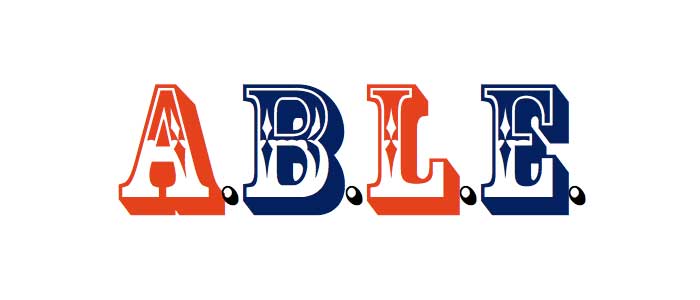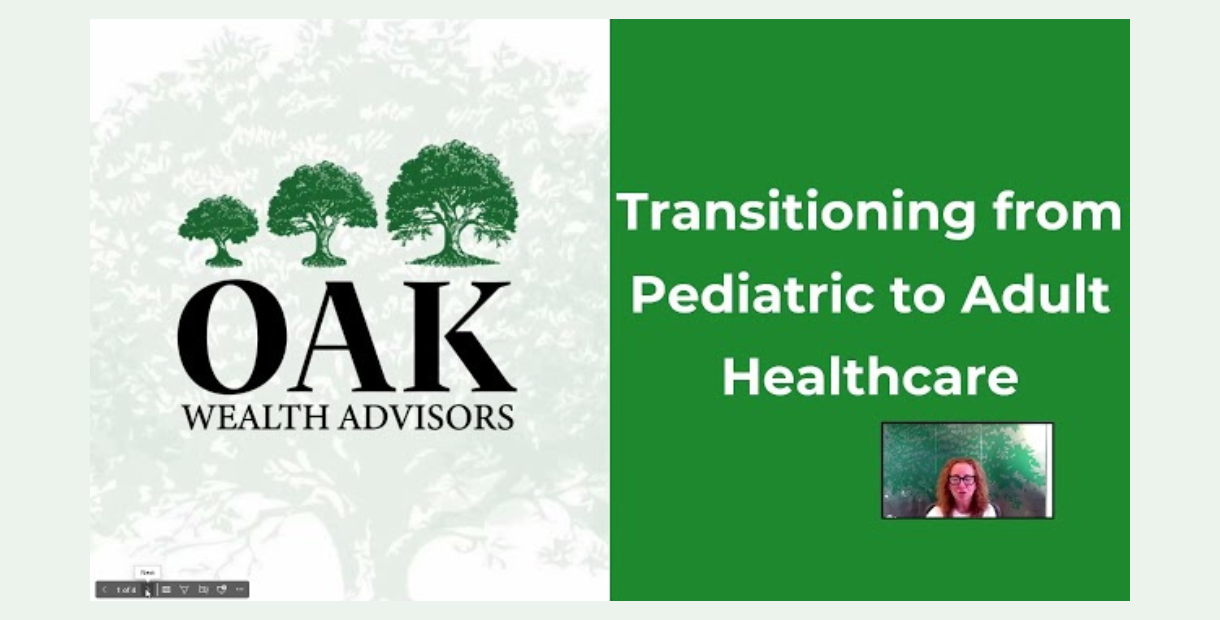![]() As we start 2018, there are now 31 states offering ABLE accounts and 23 of them are accessible to residents of all states. While ABLE accounts have retained all of their initial benefits, the Tax Cuts and Jobs Act added some additional features to the plans. The first enhancement is an increase in the amount of basic contributions that can be made.
As we start 2018, there are now 31 states offering ABLE accounts and 23 of them are accessible to residents of all states. While ABLE accounts have retained all of their initial benefits, the Tax Cuts and Jobs Act added some additional features to the plans. The first enhancement is an increase in the amount of basic contributions that can be made.
In 2018, the amount that can be contributed to an individual’s ABLE account rises from $14,000 in 2017 to $15,000. A more significant addition to the ABLE program is the ability for an individual with an ABLE account who is working to deposit their earnings, up to the Federal Poverty Level which is currently $12,060, if they are not participating in their employer’s retirement plan. Their earnings contributions can be in addition to the $15,000 of other contributions to the account. Therefore, the maximum funding of an individual’s ABLE account for 2018 is $27,060 assuming the individual has sufficient earnings. The final improvement for 2018 to the ABLE program is the ability to make a tax-free rollover of a College 529 Savings Plan to an ABLE account. The rollover amount counts toward the annual $15,000 per year contribution limit. In order to qualify as a permitted rollover, the money must come from the ABLE account holder’s College 529 Savings Plan or a College 529 Savings Plan from a family member.
We continue to view ABLE accounts as valuable planning tools for families looking to optimize the future for their loved ones with special needs. If you are interested in more details about ABLE accounts, we encourage you to attend my presentation on ABLE accounts with the Director of the Illinois ABLE program, JJ Hanley. The program is being held at 7:00PM on January 23rd in conjunction with NSSED on the New Trier West campus. For more information and to register for the program, CLICK HERE.
If you are unable to attend the program and would like more information about ABLE accounts or other special needs planning opportunities, please contact us.
The post ABLE Accounts – Even Better in 2018 appeared first on Oak Wealth Advisors, LLC.





